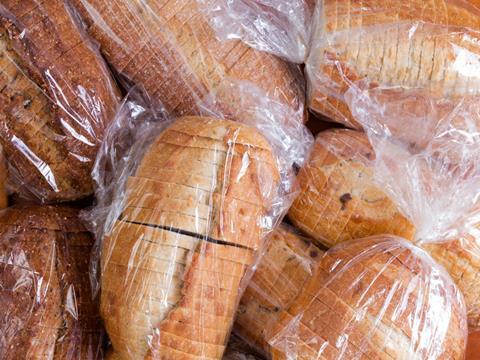
Countless brands are repackaging their products to combat plastic pollution, but is it fair to hold the packaging industry responsible in the first place? Would the complete eradication of plastic packaging make a significant difference? Robert Lilienfeld, founder and executive director of sustainable packaging think tank SPRING, argues ‘no’ on both counts, and warns us against knee-jerk reactions that could ultimately cause greater environmental harm.
I just had an interesting online debate with a German professor who recently left his 20-year post as a senior legal and policy advisor to the European Commission in Brussels. He consistently stated that when it comes to issues related to plastic waste, “Industry is fully and exclusively responsible. Stop single-use plastic, except for essential use.”
I find this to be a very academic and narrow-minded conclusion that does not begin to reflect all the reasons that single-use packaging made from plastic, paper, metal, and glass actually came to be. But I needed a way to illustrate that packaging does not create new problems or opportunities. At worst, it can enable them.
Packaging is merely the messenger. (Remember: No one ever asked for a flexible pouch. What they asked for was a more efficient way to deliver products to consumers.)
Thanks to Netflix, I enjoy watching French and Italian romantic comedies; Welsh, Irish, Dutch, and Finnish murder mysteries; and English documentaries. While my documentary taste runs toward travel and history, the first episode of Inside the Factory: How Our Favorite Foods Are Made caught my eye. It was about baking bread.
I quickly learned that the British consume 12 million loaves of bread a day. I watched in fascination as truckloads of wheat were turned into flour, which was mixed with yeast and other ingredients and baked into bread. In fact, the bread went from wheat field to store shelves in about 24 hours.
Most importantly, all of this occurred with virtually no packaging! The grain was transported in bulk to the bakery where it was milled into flour and baked into bread. The liquid yeast was transported via tank car to the bakery where it was mixed with the flour.
In fact, the only packaging used in the process is a few grams of LLDPE and another few grams of closure material to protect the bread as it moved from the bakery to the retailer, and then on to the consumer’s cupboard. (As you probably know, bread is directly store-door delivered and is shipped in reusable crates.)
That’s 500 grams of bread packaged in around 25 grams of packaging. Depending on the type of bread, the packaging needed to seal and sell the bread represents between 1.25 and 5% of the total weight of the grain and other ingredients used to produce the bread.
Now, what would it look like if Britain’s 25 million families had to bake their own bread, eliminating the need for single use packaging?
Each family would have to buy flour and yeast, packaged individually, as it couldn’t be shipped in trucks or railcars. A family member (guess which one) would need to be home for around four hours every two days or so to bake the bread from scratch. Every oven in every home would be running for a couple of hours at around 230° C to bake the bread, after being on at a lower temperature to proof it.
It’s true that there would be no single-use package being used to contain the bread. But the single-use packaging used to contain the flour, yeast, eggs, and other raw ingredients would generate significantly more waste than the plastic bread bag and its closure would create!
There are some simple takeaways here that our regulatory and media friends should take into account before drawing conclusions about the environmental sustainability of packaging and other products:
1. If you don’t look at the big picture, you won’t produce big results.
2. In general, social trends and needs define industry actions and not vice versa.
3. Expecting that we’re all ready to return to the Stone Age in pursuit of a more sustainable environment is nonsense.
Bon appétit.
















No comments yet